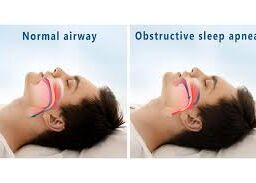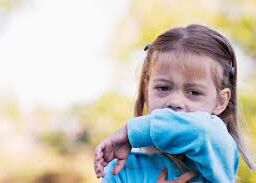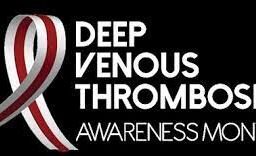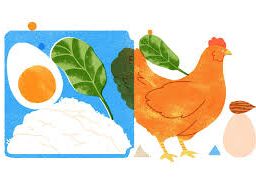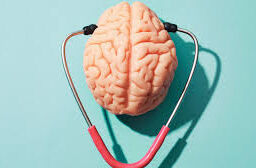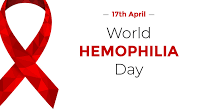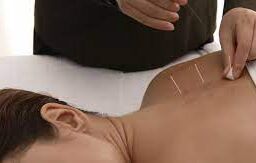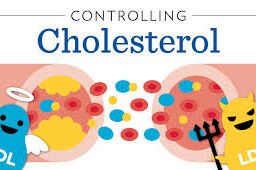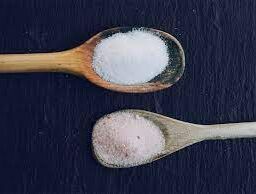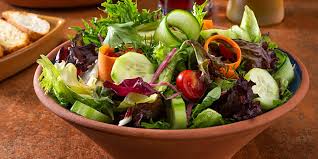
Balancing Hormones: The Endometriosis Diet for Symptom Management
Discover the transformative impact of diet on endometriosis symptoms, with a focus on harmonizing hormones. Endometriosis, a prevalent condition among women, brings forth challenges eased through mindful dietary choices. Delve into the intricacies of the endometriosis diet, emphasizing nutrient-rich foods that contribute to the delicate balance of hormones. From reducing inflammation to alleviating pain, this journey explores the empowering potential of a well-crafted diet in enhancing overall well-being and symptom management.
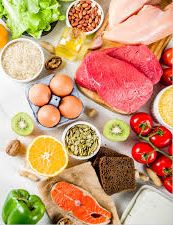
Endometriosis is a painful condition that affects millions of women worldwide. It occurs when tissue similar to the lining of the uterus grows outside of it, causing inflammation, pain, and sometimes infertility. Although there is no cure for endometriosis, there are ways to manage its symptoms, and diet is one of them.
The Role of Diet in Endometriosis
Diet can play a significant role in managing endometriosis symptoms. Some foods can trigger inflammation and worsen pain, while others can reduce inflammation and alleviate symptoms. For example, foods high in omega-3 fatty acids, such as fatty fish, nuts, and seeds, have anti-inflammatory properties that can help reduce pain and inflammation associated with endometriosis.
On the other hand, foods high in trans fats, such as fried foods and processed snacks, can increase inflammation and worsen symptoms. Similarly, foods high in sugar and refined carbohydrates can cause blood sugar spikes and crashes, leading to fatigue and mood swings.
The Endometriosis Diet
The endometriosis diet focuses on reducing inflammation and balancing hormones to alleviate symptoms. It involves eating whole, nutrient-dense foods and avoiding processed and inflammatory foods. Some foods that are recommended on the endometriosis diet include:
– Fatty fish such as salmon, mackerel, and sardines
– Nuts and seeds such as walnuts, chia seeds, and flaxseeds
– Fruits and vegetables such as berries, leafy greens, and cruciferous vegetables
– Whole grains such as brown rice, quinoa, and oats
– Legumes such as lentils, chickpeas, and black beans
It is also recommended to avoid or limit foods that can trigger inflammation and worsen symptoms. These include:
– Processed and fried foods
– Red meat and dairy products
– Foods high in sugar and refined carbohydrates
– Alcohol and caffeine
While there is no cure for endometriosis, managing its symptoms through diet can be an effective way to improve quality of life. The endometriosis diet focuses on reducing inflammation and balancing hormones by eating whole, nutrient-dense foods and avoiding processed and inflammatory foods. By making simple changes to your diet, you can alleviate pain, reduce inflammation, and improve overall health and well-being.
Disclaimer: The information provided in this content is for general informational purposes only. It is not intended as medical or healthcare advice, diagnosis, or treatment. Always seek the advice of a qualified healthcare professional with any questions you may have regarding a medical condition or healthcare decisions.



